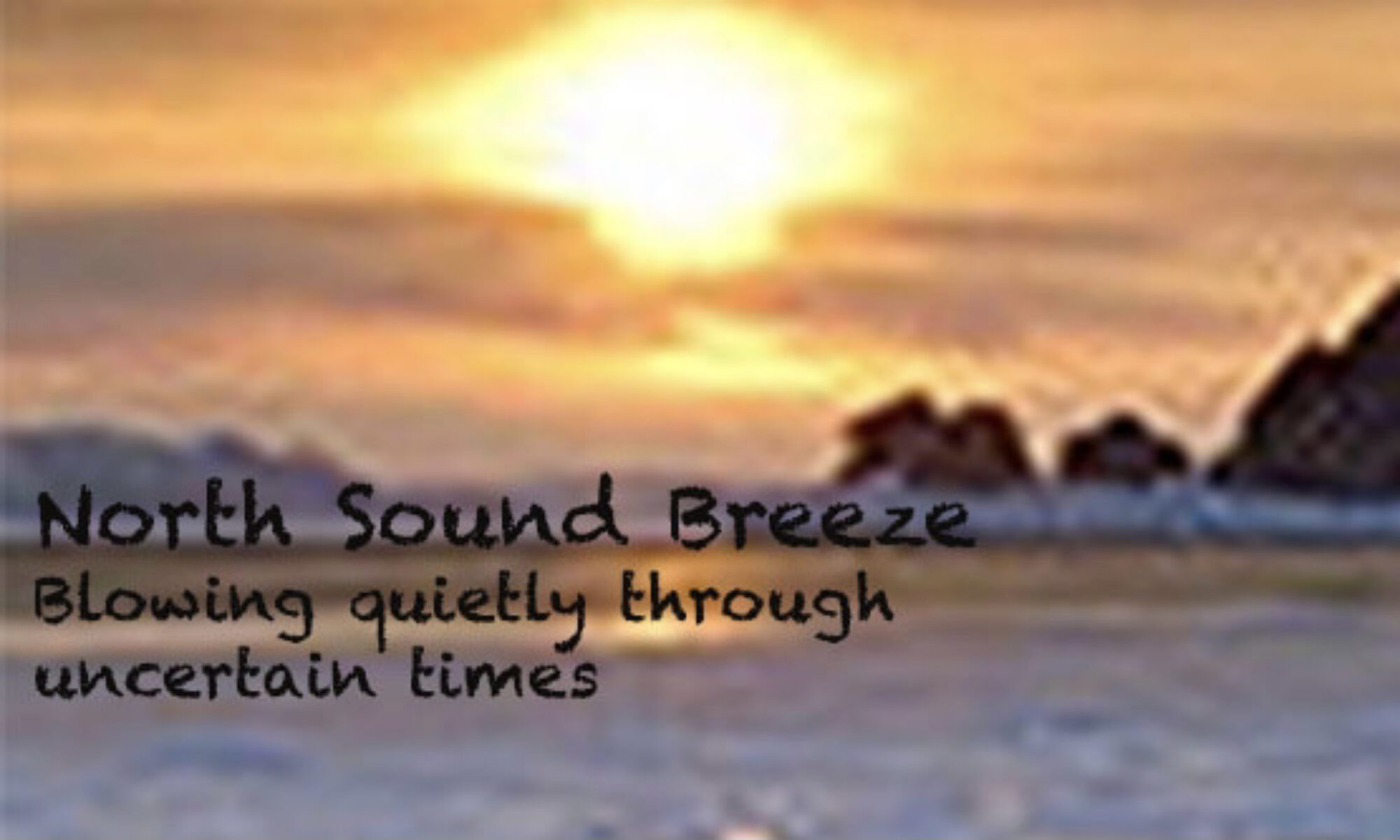A New Year, With Some New Thoughts
“And now let us believe in a long year that is given to us, new, untouched, full of things that have never been.”–Rainer Maria Rilke
I stopped doing New Year’s resolutions years ago. However, I did take the month of January off, to recharge, reflect, and perhaps get a new or at least different perspective on things. It worked… I learned several new things about myself, and a few about others as well.Mostly, it boiled down to having enough time to think a few things through, and to occasionally seek the council of those whom I respect. “How to be better” came into play. Yes, better, not just different. It’s not that hard to simply be different, but it gets challenging if one is trying to be “better” when one is already coming from “good.”
I know, I know… that’s assuming that I’ve been good to begin with. Sorry, but that’s the assumption I’m going with if there is to be any point of this diatribe.
Now for anyone with a reasonably healthy ego and sense of self-worth, it can be difficult to find one’s faults in the light of day. At 4 a.m., well, that’s another matter. If I wrote down all the stupid things I remember doing or saying while lying awake at 4 a.m., I’d have written an embarrassing book or two by now. That said, it wasn’t hard for me to take an overview of my past year’s activities and seek to improve what I did, and how I did it.
1. I can always strive to be a better person. That’s a given.
2. I want to eat less and walk more.
3. I want to travel more, Covid is essentially behind us.
4. Since I strive to write a weekly blog, I should probably seek to improve it… as in, subject matter, style, and length. Yes, length!
You see, I’ve been searching through my folders of writings for a good blog post to start the new year out with, and guess what I found… I have nine blogs ready to post, articles that I wrote late last year. The subject material is fine, the style is okay, but the length… my god! They are all way, way too long! What to do?! I could break them into two-part submissions. I could do a really hard edit on them, get them down to a reasonable readable length. But that one isn’t going to work… there’s a certain flow to those pieces, much like a piece of music, where the secondary melodic line compliments and enhances the primary line. It’s a dance of tension/resolution, a small expedition through the realm of possibilities, a completion of thought.
What to do?! I could break them into two-part submissions. I could do a really hard edit on them, get them down to a reasonable readable length. But that one isn’t going to work… there’s a certain flow to those pieces, much like a piece of music, where the secondary melodic line compliments and enhances the primary line. It’s a dance of tension/resolution, a small expedition through the realm of possibilities, a completion of thought.
When In Doubt, Ask Artificial Intelligence
So, in really not knowing what to do, how to fix this conundrum, I asked the AI site, chatGPT to define for me the average attention span for the average blog reader. The rumor has it that it averages about 8 seconds. That’s simply wrong. Of course chatGPT’s answer was far longer and more complex than I wanted, but it was enlightening.
*** Along with 1. Content Quality, 2. Content Relevance, and 3. Visual Elements, there was this – 4. Writing Style and Length: A concise, clear, and organized writing style tends to retain attention better. Lengthy, dense paragraphs may deter readers. ***
Ending Paragraph #1
– Okay. Writing style? Way too late to change that. But lengthy and dense paragraphs? Yes! That’s overdue, doable and necessary! And with my newfound knowledge of how to make a readable blog post, I now end all this with a simple “Thank you for sticking with me and indulging my random brainwaves. I promise to ‘try’ to make these posts shorter, more interesting and easier to read through this year. Starting now.”
Ending ParagraphS #2
Yeah, all that sounded right and fine at the time I wrote it, and for the rest of the day. But today is a new day, and this leopard realized, by the end of his second cup of coffee, that he couldn’t change his spots, nor did he care to. The other side of this “short and concise” coin is “true to myself in spite of the rules of acceptance.”
See, I don’t get paid to write this blog, no money passes any hands except a little bit of mine for the yearly use and maintenance of the site. I get very few comments and virtually no direction except from two old and dear friends who occasionally encourage me to write more about my life in Montana… which I am always happy to do. I guess I write this blog only for those who might value my perspective on some level, and I’m fairly sure I get more enjoyment from writing it than the 200+ folk who read it off and on.
Therefor, gentle reader, to my “ending paragraph #1,” I roundly call “Bullshit!” Except, of course, the “thank you” part. And while it IS true that my paragraphs are too long and too dense, (perhaps on several levels…) still I have to tell you in all honesty, it ain’t gonna change. Wordy and dense is part of my style, I am wordy and dense. And as Walter Cronkite used to say, “That’s the way it is.”
Steve Hulse


